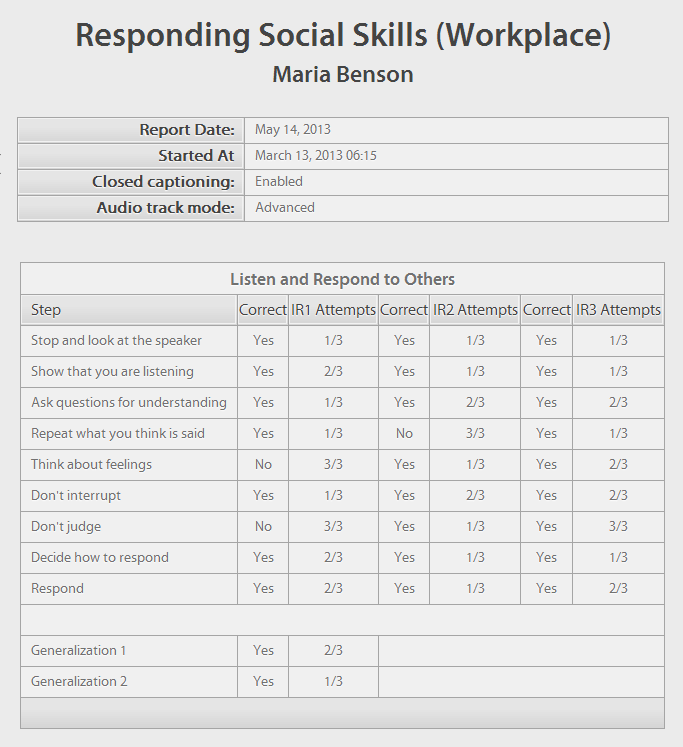
Assessing independent living skills is a crucial process in our educational system because it can help prepare individuals with disabilities for their post-secondary settings. Rather than just hoping to place them in the community when they turn 22 years of age (in some states, 26), you can better prepare individuals for when the educational system no longer provides services with proper assessment. I have created a list of five things that I feel are most important when looking at an independent living skills assessment.
1. Validity
You must make sure that any independent living skills assessment that you use has a backbone. You must make sure that the company you’re exploring has been around for a period of time and it has research behind the methodology of its assessments. There is currently a 10-17% annual growth of autism and 1 to 1.5 million Americans live with an autism spectrum disorder. This growth means that there will be a lot of companies trying to provide products and services to allegedly help alleviate costs – it is your job to make sure that any assessment you choose is a valid instrument and has research behind it.
2. Computerized
It seems like this one should be expected, but it is not. In today’s society, even individuals with disabilities are required to use computers in most job and educational settings. You should use a computerized assessment so you are incorporating 21st century learning and users can begin to gain that experience. Not only that, but using a computerized assessment will help motivate individuals because they are working on an interactive machine rather than with just paper and pencil.
3. Data Tracking
It is very difficult to track, score, interpret, and save all of the results in your independent living skills assessment. Now let’s imagine you are a teacher and you are required by law to keep track of all of this information on every single student– that is a difficult job. You should have a computer program that will document all of this information for you automatically so you can focus on the results versus doing all of the work to get the results.

4. Curriculum
You are probably thinking about how life skills curriculum goes with a life skills assessment. It is one thing to assess the independent living skills of someone, but then what? Many times you have a tool that can tell you what an individual needs, but then you have to go out and find curriculum to meet those needs. You should find an all-in-one life skills assessment and curriculum tool to assist individuals in improving the skills, not just assess which skills need to be improved (Our Functional Skills System comes with over 4,000 hours of print materials, or life skills lesson plans on top of the digital content).
5. Appropriate
This one is the most overlooked. Many times organizations will go what they think is the less expensive route and purchase paper and pencil assessments. They use stick figures on a piece of paper and old graphics to assess individuals. This is completely inappropriate and could go against point #1. It could ruin the validity of the assessment because it is confusing for individuals to complete the assessment and it doesn’t make sense. Instead, you could use video modeling to assess and teach life situations so it can be appropriate to see peers interacting and modeling the appropriate behaviors.
